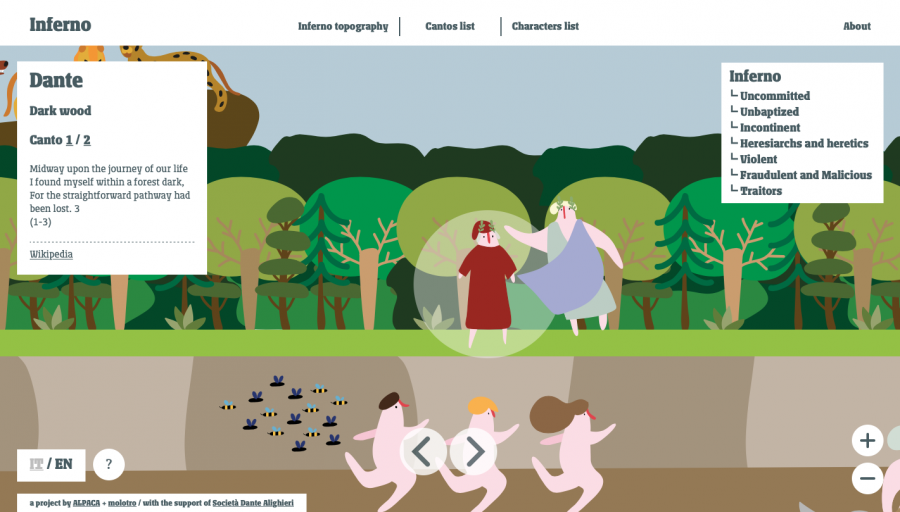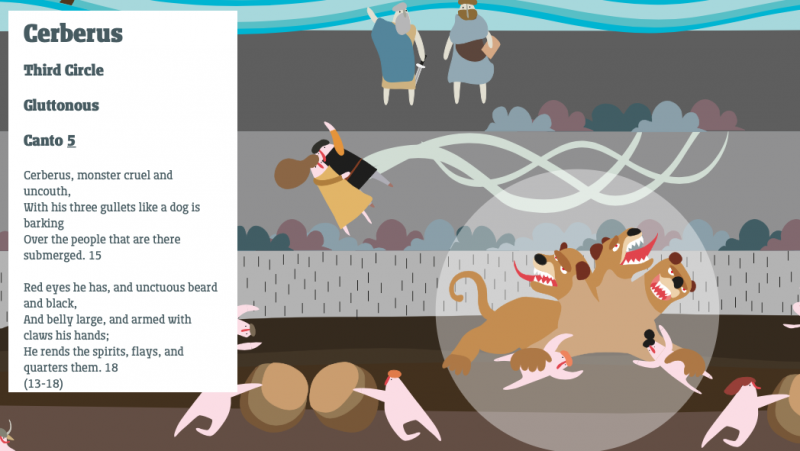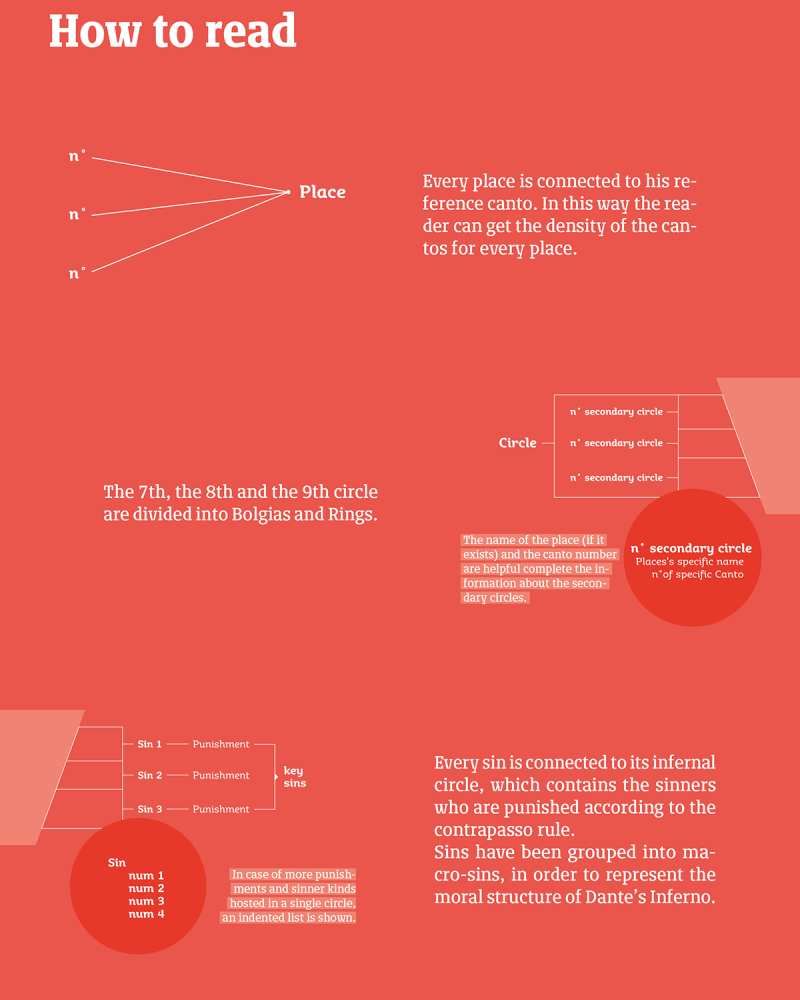[Most Recent Entries] [Calendar View]
Thursday, January 3rd, 2019
| Time | Event |
| 8:53a | Look How Young They Are!: The Beastie Boys Performing Live Their Very First Hit, “Cooky Puss” (1983) Would you look at this video? Here we have the original line-up of the Beastie Boys (when they had a fourth, female member, Kate Schellenbach) playing a Christmas-time gig in 1983. And you just wanna scream: LOOK HOW YOUNG THEY ARE! Adam Yauch is probably 17 at the time, Michael Diamond younger, and Adam Horowitz is younger still, and they are plainly enjoying themselves while also being a bit nervous and unsure. (Ad-Rock blanches when he has to brag about the size of his member, while Adam Yauch shows he had flow very early on.) I doubt anybody in the audience was thinking these white kids would go on to be one of the greatest rap groups of all time. Some were wondering what happened to the hardcore punk music they usually played. And some were just having a blast. The track they’re performing is "Cooky Puss," their very first attempt at rap and, as it happens, their very first 12” single release. To their surprise the record started getting played in clubs. For those who picked up the delightful, thorough, and very heavy Beastie Boys Book--we told you about it just recently--the origin of “Cookie Puss” is outlined in detail. A friend of a friend got the young band a chance to record in a studio usually reserved for commercial jingles for two days. The first day the band played a selection of originals and covers, but on playback “we realized they were pretty bad,” writes Ad-Rock. “They weren’t hardcore songs, they were oddly Goth-ish and just sort of, well...pretty bad.” With a second day at their disposal they returned, and based on a beat from Schellenbach, “Cooky Puss” was born, along with another original, “Beastie Revolution.” The centerpiece of the studio version is a prank phone call between Ad-Rock, a telephone operator, and a worker at Carvel ice cream, which the adult Horowitz now cringes in memory over. (“Can I formally apologize right here and now? I’m sorry.”) The Beastie Boys had started as a hardcore band, featuring Schellenbach on drums, and had recorded an e.p., Pollywog Stew which finally got released, along with the Cooky Puss e.p. in 1994 as Some Old Bullshit. But rap was everywhere and, as Horowitz tells it, Malcolm McLaren’s “Buffalo Gals” was the record that put hip hop on the map. “Cooky Puss” was their affectionate parody of that track. (Schellenbach, by the way, went on to form Luscious Jackson) As for the actual Cooky Puss, it was a weird ice cream cake sold by Carvel (with its own character and backstory), and promoted on local TV with a set of ads featuring the voice of owner Tom Carvel himself. Check out the wonder of the Cooky Puss and its plush toy companion. Call now…they honor most major credit cards. Related Content: ‘Beastie Boys on Being Stupid’: An Animated Interview From 1985 Ted Mills is a freelance writer on the arts who currently hosts the artist interview-based FunkZone Podcast and is the producer of KCRW's Curious Coast. You can also follow him on Twitter at @tedmills, read his other arts writing at tedmills.com and/or watch his films here. Look How Young They Are!: The Beastie Boys Performing Live Their Very First Hit, “Cooky Puss” (1983) is a post from: Open Culture. Follow us on Facebook, Twitter, and Google Plus, or get our Daily Email. And don't miss our big collections of Free Online Courses, Free Online Movies, Free eBooks, Free Audio Books, Free Foreign Language Lessons, and MOOCs. |
| 9:00a | Safety Last, the 1923 Movie Featuring the Most Iconic Scene from Silent Film Era, Just Went Into the Public Domain Safety Last, the 1923 film starring Harold Lloyd, features one of the most iconic scenes from the silent film era. Writes Roger Ebert, the scene above is "by general agreement the most famous shot in silent comedy: a man in a straw hat and round horn-rim glasses, hanging from the minute hand of a clock 12 stories above the city street. Strange, that this shot occurs in a film few people have ever seen. Harold Lloyd's Safety Last (1923), like all of his films, was preserved by the comedian but rarely shown." All of that might be about to change. Along with a number of other classic works, Safety Last went into the public domain this week. So now everyone can watch the film, whenever they please. Watch a complete version on YouTube here. Restored versions of the film can be purchased through Criterion. Safety Last will be added to our collection, 1,150 Free Movies Online: Great Classics, Indies, Noir, Westerns, etc.. Related Content: 65 Free Charlie Chaplin Films Online Captivating GIFs Reveal the Magical Special Effects in Classic Silent Films The Power of Silent Movies, with The Artist Director Michel Hazanavicius Safety Last, the 1923 Movie Featuring the Most Iconic Scene from Silent Film Era, Just Went Into the Public Domain is a post from: Open Culture. Follow us on Facebook, Twitter, and Google Plus, or get our Daily Email. And don't miss our big collections of Free Online Courses, Free Online Movies, Free eBooks, Free Audio Books, Free Foreign Language Lessons, and MOOCs. |
| 12:00p | An Illustrated and Interactive Dante’s Inferno: Explore a New Digital Companion to the Great 14th-Century Epic Poem
Medieval conceptions of hell may have little effect on the laws and social mores of our secular age. But they sure as hell did in the late 15th century, when the first illustrated editions of Dante’s Inferno appeared. A 1481 edition contained art based on a series of unfinished illustrations by Renaissance master Sandro Botticelli. In 1491, the first fully-illustrated edition of the Inferno arrived. As were most printed works at the time, these books were elaborate and expensive, reflecting the very serious treatment the subject of Dante’s work received. Centuries later, Dante’s work has not lost its effect on our imaginations. Though most people are far less likely to entertain belief in a giant corkscrew pit beneath the earth full of tortured souls, it remains a vivid, chilling (so to speak) metaphor. The epic poem’s language moves and entrances us; its psychological insights dazzle; its formal innovations continue to awe; and its images still shock, amuse, and terrify. Every decade, it seems, produces some new, fresh visual take on the Inferno, from Botticelli to the stunning renderings of William Blake, Gustave Doré, Alberto Martini, Salvador Dali, Robert Rauschenberg....
This is daunting company, and the online, interactive companion to the Inferno you see screen-shotted here does not attempt to join their ranks. Its charming, children’s-book-graphic visual presentation takes a G-rated approach, ditching accurate human anatomy and horrific violence for a cartoonish video game romp through hell that makes it seem like a super fun, if super weird, place to visit. Created by Alpaca, an Italian design cooperative, and design studio Molotro, the tool aims to be “a synsemic access point to Dante’s literature, aiding its study.” What it lacks in visual high seriousness, it makes up for in utility. In this brilliantly simple design you can leap from Canto to Canto, learn the circle each one covers, the kind of sinners who inhabit it, and the main characters in each. Click on selected figures in the graphic to see character names and quoted excerpts from the poem. A much longer list of characters serves as an index, quickly linking each name to a Canto, quotation, circle, and sin. The Italian site links to the original poem on Wikipedia. The English version's annotations link to Henry Wadsworth Longfellow’s 1867 translation.
Access Cantos and Characters in menus at the top of the main page or use the zoom button to move closer into any point in the topographical map and begin clicking on cartoon figures in various stages of tortured distress. See Behance for an illustrated guide through the online Inferno, a comical-looking tool with very serious applications for students of Dante’s poem. If you’re new to the Inferno, dive right in here. Hell awaits, as it has for millions of fascinated readers for 800 years. Related Content: Visualizing Dante’s Hell: See Maps & Drawings of Dante’s Inferno from the Renaissance Through Today Artists Illustrate Dante’s Divine Comedy Through the Ages: Doré, Blake, Botticelli, Mœbius & More A Digital Archive of the Earliest Illustrated Editions of Dante’s Divine Comedy (1487-1568) Alberto Martini’s Haunting Illustrations of Dante’s Divine Comedy (1901-1944) Josh Jones is a writer and musician based in Durham, NC. Follow him at @jdmagness An Illustrated and Interactive Dante’s Inferno: Explore a New Digital Companion to the Great 14th-Century Epic Poem is a post from: Open Culture. Follow us on Facebook, Twitter, and Google Plus, or get our Daily Email. And don't miss our big collections of Free Online Courses, Free Online Movies, Free eBooks, Free Audio Books, Free Foreign Language Lessons, and MOOCs. |
| 3:00p | An Animated History of Versailles: Six Minutes of Animation Show the Construction of the Grand Palace Over 400 Years Few tourists making their first trip to France go home without having seen Versailles. But why do so many want to see Versailles in the first place? Yes, its history goes all the way back to the 1620s, with its comparatively modest beginnings as a hunting lodge built for King Louis XIII, but much in Europe goes back quite a bit further. It did house the French royal family for generations, but absolute monarchy hasn't been a favored institution in France for quite some time. Only the most jaded visitors could come away unimpressed by the palace's sheer grandness, but those in need of a hit of ostentation can always get it on certain shopping streets in Paris. The appeal of Versailles, and of Versailles alone, must have more do with the way it physically embodies centuries of French history. You can watch that history unfold through the construction of Versailles, both exterior and interior, in these two videos from the official Versailles Youtube channel. The first begins with Louis XIII's hunting lodge, which, when the "Sun King" Louis XIV inherited its site, had been replaced by a small stone-and-brick chateau. There Louis XIV launched an ambitious building campaign, and the half-century-long project ultimately produced the largest chateau in all Europe. The Sun King moved his government and court there, and of course continued making additions and refinements all the while, extending the complex outward with more and more new buildings. Louis XIV's successor Louis XV put his own architectural stamp on the palace as well, subdividing its spaces into smaller apartments and adding an opera house. But when the French Revolution came in 1789, the royal family had to vacate Versailles tout de suite. Then came the removal of the absolutism-symbolizing "royal railings" out front, the taking of its paintings that hung on its walls to the Louvre (the third most popular tourist attraction in France, incidentally, two spots ahead of Versailles), and the auctioning off of its furniture. While the anti-monarchical fervor of the period immediately following the revolution wasn't particularly good to Versailles, later rulers implemented restorations, and the current Fifth Republic may well have spent more on the place than even Louis XIV did. And so we have one more reason six million people want to visit Versailles each and every year: they want to see whether France is getting its money worth. Related Content: Versailles 3D, Created by Google, Gives You an Impressive Tour of Louis XIV’s Famous Palace A 3D Animated History of Paris: Take a Visual Journey from Ancient Times to the World’s Fair of 1889 14,000 Free Images from the French Revolution Now Available Online Based in Seoul, Colin Marshall writes and broadcasts on cities, language, and culture. His projects include the book The Stateless City: a Walk through 21st-Century Los Angeles and the video series The City in Cinema. Follow him on Twitter at @colinmarshall or on Facebook. An Animated History of Versailles: Six Minutes of Animation Show the Construction of the Grand Palace Over 400 Years is a post from: Open Culture. Follow us on Facebook, Twitter, and Google Plus, or get our Daily Email. And don't miss our big collections of Free Online Courses, Free Online Movies, Free eBooks, Free Audio Books, Free Foreign Language Lessons, and MOOCs. |
| << Previous Day |
2019/01/03 [Calendar] |
Next Day >> |








